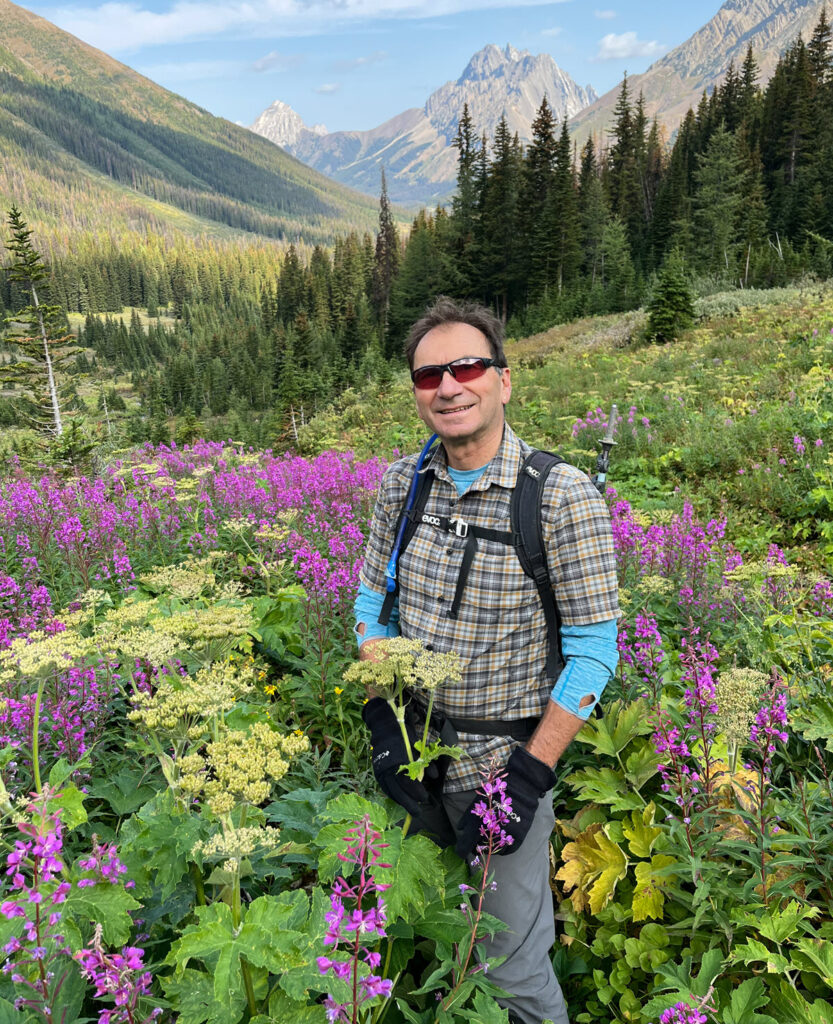The evolution of Timelapse
Saul Greenberg created Timelapse. He is an Emeritus Professor in the Department of Computer Science at the University of Calgary. He specializes in Interaction Design research, with many publications to his credit.
Well over a decade ago, Saul observed a biologist colleague painfully working with camera trap images and the effort required to turn them into data. Saul decided to help, where he created the initial version of Timelapse.
Timelapse evolved as many others began using it. Because Timelapse is agnostic to its use, various professionals are amongst its users: ecologists, fishery scientists, sociologists and even engineers doing instrument monitoring. Saul regularly updated Timelapse to accomodate their feedback and feature requests, as well as to overcome inefficiencies from his own observations of how people used it.
Timelapse then incorporated image recognition. In particular, Microsoft’s AI for Earth MegaDetector project focused on recognition for camera trap images. They reached out to Saul to see if Timelapse could become an effective way for ecologists incorporate image recognition in their workflow. Later, Saul collaborated with the creator of AddaxAI to further simplify how ecologists could use image recognition within Timelapse.
Metadata standards for camera traps were recently proposed by ecologists and agencies as a way for different organizations to share data. This is important, as the union of camera trap data provides better information about geographically broader ecosystems. Saul modified Timelapse yet again to accomodate a broad variety of metadata standards via an informatin hierarchy.
